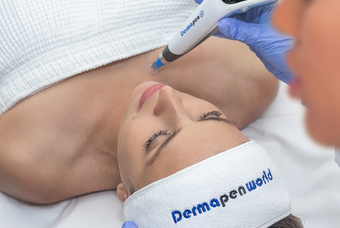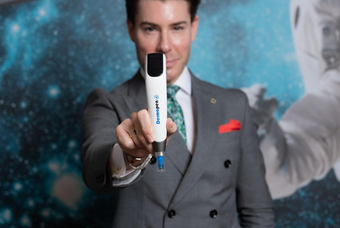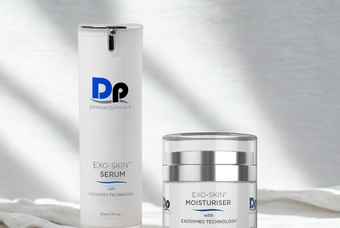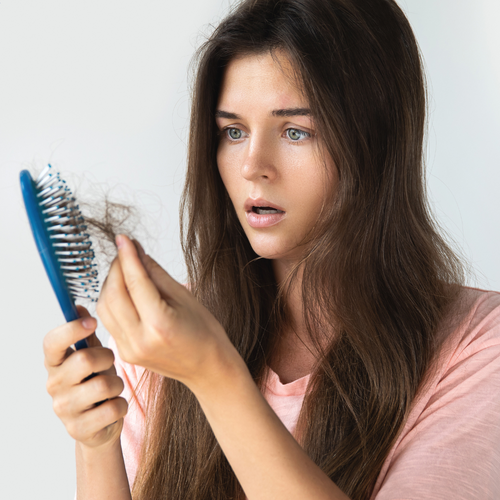Hair loss is a widespread concern that affects millions of people across the globe. For many, hair is not just a physical trait but an essential part of self-expression, identity, and confidence. The impact of hair loss can therefore reach far beyond aesthetics, affecting self-esteem, quality of life, and overall well-being.
Understanding the reasons behind hair loss is the first step toward addressing it effectively. This article explores the various types of hair loss, the key factors that contribute to it, and essential tips for prevention and management. By shedding light on the underlying causes, we aim to empower readers with the knowledge to make informed decisions about their hair health.
1. Types of Hair Loss
Hair loss is not a one-size-fits-all issue; it manifests in different forms, each with distinct characteristics and causes. Here are some of the primary types:
- Androgenetic Alopecia: Also known as male or female pattern baldness, androgenetic alopecia is the most common form of hair loss, typically hereditary. It leads to progressive hair thinning, usually following a predictable pattern — receding hairline in men and thinning on the crown in women.
- Alopecia Areata: An autoimmune condition in which the body’s immune system attacks hair follicles, leading to sudden, patchy hair loss. While it can resolve on its own, it often requires medical intervention to manage.
- Telogen Effluvium: This type of hair loss occurs when a large number of hair follicles enter the resting (telogen) phase simultaneously. It’s usually triggered by stress, illness, or hormonal changes and often results in temporary shedding.
- Traction Alopecia: Caused by continuous pulling or tension on the hair, typically due to tight hairstyles, braids, or ponytails. Over time, this can damage the hair follicles and lead to permanent hair loss if the tension persists.
- Scarring Alopecia: Also known as cicatricial alopecia, this occurs when inflammation or physical trauma leads to scarring on the scalp, permanently destroying hair follicles and preventing regrowth.
2. Key Factors Contributing to Hair Loss
Hair loss can stem from various factors, and often, a combination of them contributes to the issue. Understanding these factors can provide insight into prevention and potential treatment approaches.
- Genetics: Hereditary hair loss is a primary factor in conditions like androgenetic alopecia. If hair loss runs in your family, you may be more susceptible to experiencing it as well.
- Hormonal Changes: Hormone fluctuations are another common contributor to hair loss. Events like pregnancy, menopause, and thyroid imbalances can all lead to temporary or permanent hair thinning.
- Medical Conditions and Treatments: Certain medical conditions, including anemia, polycystic ovary syndrome (PCOS), and autoimmune diseases, can trigger hair loss. Additionally, treatments like chemotherapy are known to cause temporary hair loss as they affect rapidly dividing cells, including hair follicles.
- Lifestyle and Environmental Factors:
3. Understanding the Hair Growth Cycle
The hair growth cycle is a crucial element in understanding hair loss. Hair goes through four main phases:
- Anagen (Growth Phase): This is the active growth phase, lasting between 2 to 7 years. The longer a hair follicle stays in the anagen phase, the longer the hair grows.
- Catagen (Transitional Phase): A short phase that lasts about 2 weeks, during which hair growth slows and the follicle begins to shrink.
- Telogen (Resting Phase): In this phase, hair growth stops, and the hair follicle remains dormant for around 3 months.
- Exogen (Shedding Phase): The final phase, where the hair is released and falls out. The follicle then returns to the anagen phase, beginning the cycle anew.
Disruptions to this cycle, whether due to genetics, lifestyle, or environmental factors, can result in various forms of hair loss.
4. Signs and Symptoms of Hair Loss
Recognizing the signs of hair loss early can help in addressing it before it progresses significantly. Here are some common signs to look out for:
- Thinning Hair: Hair that gradually becomes thinner, especially on the top of the head or at the temples.
- Excessive Shedding: Noticing more hair falling out during brushing, washing, or even on your pillow.
- Receding Hairline: A common symptom in androgenetic alopecia, where the hairline starts moving back, forming an "M" shape.
- Patchy Hair Loss: Sudden, round patches of hair loss, often due to alopecia areata.
It's essential to differentiate between normal daily shedding and excessive hair loss that may require medical attention.
5. Diagnosis and When to Seek Help
If you’re experiencing significant hair loss, consulting a healthcare provider or dermatologist can provide clarity and guidance. Here’s what to expect:
- Scalp Examination: A physical exam of the scalp to identify visible signs of hair loss patterns or underlying scalp conditions.
- Blood Tests: Testing for nutritional deficiencies or hormonal imbalances that could contribute to hair loss.
- Biopsy: In some cases, a small scalp biopsy may be performed to diagnose scarring alopecia or other conditions affecting the hair follicles.
Seeking professional advice early can help pinpoint the exact cause of hair loss, making it easier to tailor treatment options effectively.
6. Prevention Tips for Maintaining Healthy Hair
While not all types of hair loss can be prevented, certain practices can support healthier hair and minimize the risk:
- Choose Gentle Hair Care Products: Avoid harsh chemicals and sulfates in shampoos, as they can strip natural oils and damage hair.
- Maintain a Nutrient-Rich Diet: Incorporate vitamins and minerals like iron, biotin, and vitamin D to nourish hair from within.
- Manage Stress: Practicing mindfulness, meditation, and regular exercise can help mitigate stress-induced hair loss.
- Avoid Tight Hairstyles: Give your hair a break from tight ponytails, braids, and buns that can lead to traction alopecia over time.
Understanding the causes of hair loss can help you make informed decisions about protecting and preserving your hair. From genetics and hormonal changes to lifestyle factors, multiple elements contribute to hair loss, each requiring different approaches for prevention and management.
At Dp Derm, we’re committed to advancing hair health through innovative solutions. Our EXO-GROW collection leverages groundbreaking exosome technology to target hair loss at the cellular level, promoting healthier, fuller hair growth. Whether you're looking for preventive care or want to address existing hair loss, Dp Derm offers scientifically-backed products designed to make a difference.
Stay tuned for more insights and solutions on hair rejuvenation, and reach out to explore how Dp Derm can support your journey to healthier hair.







